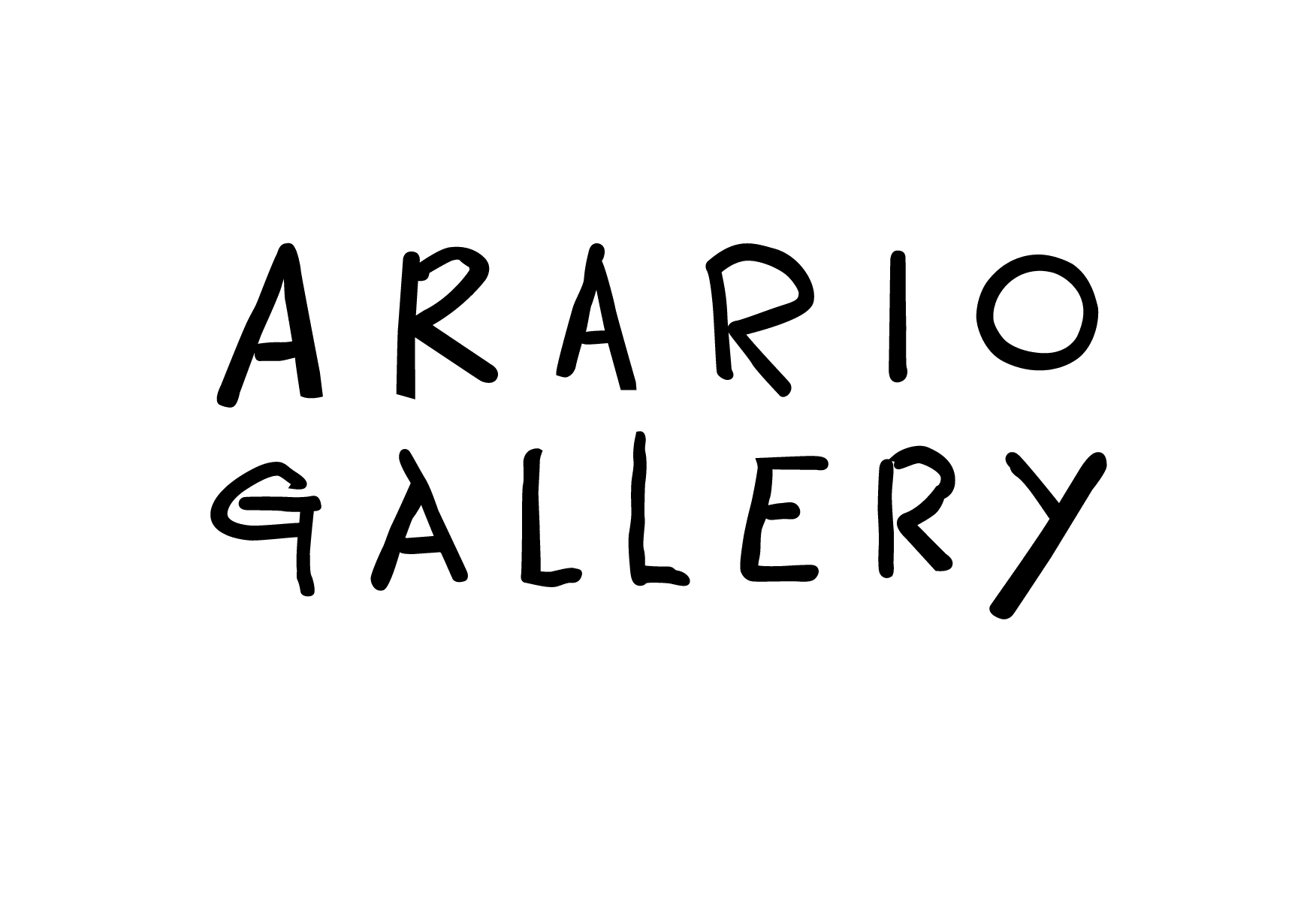Shanghai’s West Bund Cultural Corridor spreads its wings
Commercial galleries from around Asia flock to district, joining major museum projects
The West Bund Cultural Corridor of Shanghai’s Xuhui district continues to gather steam. While the construction of the Centre Pompidou-affiliated West Bund Art Museum and the collector He Juxing’s Start Museum are underway, the area’s population of commercial galleries is beginning to fill out—and internationalise. This autumn, Ota Fine Arts will add to its locations in Tokyo and Singapore a third in the West Bund Culture and Art Pilot Zone, joining projects including ShanghArt, Aike Dellarco and New Century Art Foundation’s Pond Society. Earlier this summer, the Korean gallery Arario reopened in a building near the Yuz Museum that houses such stalwarts as the MadeIn, Don and Edouard Malingue galleries.
Arario reopened with the show Voice of Asia (until August 27), featuring 22 heavy-hitters from around the continent, including Subodh Gupta, Miao Xiaochun, Kohei Nawa and Eko Nugroho. Such representation is rare in China’s gallery or even museum exhibitions, and Arario’s director Henna Joo says, “Arario identifies itself as an Asian gallery, instead of a Korean gallery. The long-term vision of the gallery has a strong focus on promoting artists from different areas of Asia.”
Regional geopolitics have recently had an impact on China’s receptiveness to art from elsewhere in Asia. “There were some works that have failed to get past customs. It’s an absolute pity that a few artists could not participate in Voice of Asia due to this logistical issue, but we are confident that the conflict is merely temporary between two nations,” Joo says. Though currently few galleries from the rest of Asia operate in China, “I believe there is heavy interest regarding this among our Asian peers,” Joo says, but they are deterred by “many issues, such as red tape, tax issues, logistical issues, and licensing issues. To tackle the challenge drains manpower, investment and resources from galleries. However, we expect more galleries to join the Shanghai art scene in the foreseeable future.”
Arario, established in Cheonan, Korea in 2002, previously had locations in Beijing’s 798 Art District from 2005 to 2012 and at the downtown Shanghai historic villa redevelopment Hengshan Fang from August 2014 to June 2017. “West Bund was already one of the options during our preliminary location scouting back in 2014, when Arario was in the process of relocating its China location from Beijing to Shanghai,” Joo says, but West Bund was at that point still in its early phase.
Hengshan Fang has since become a retail centre, while West Bund has started to find its footing. “With many international galleries, art fairs and museums gradually shaping the waterfront West Bund area into the new hub of art and culture in Shanghai, Arario has restored its confidence in the area and made the decision of moving into this massive space of 1000 square meters last year,” Joo says.
Click here to read the article

